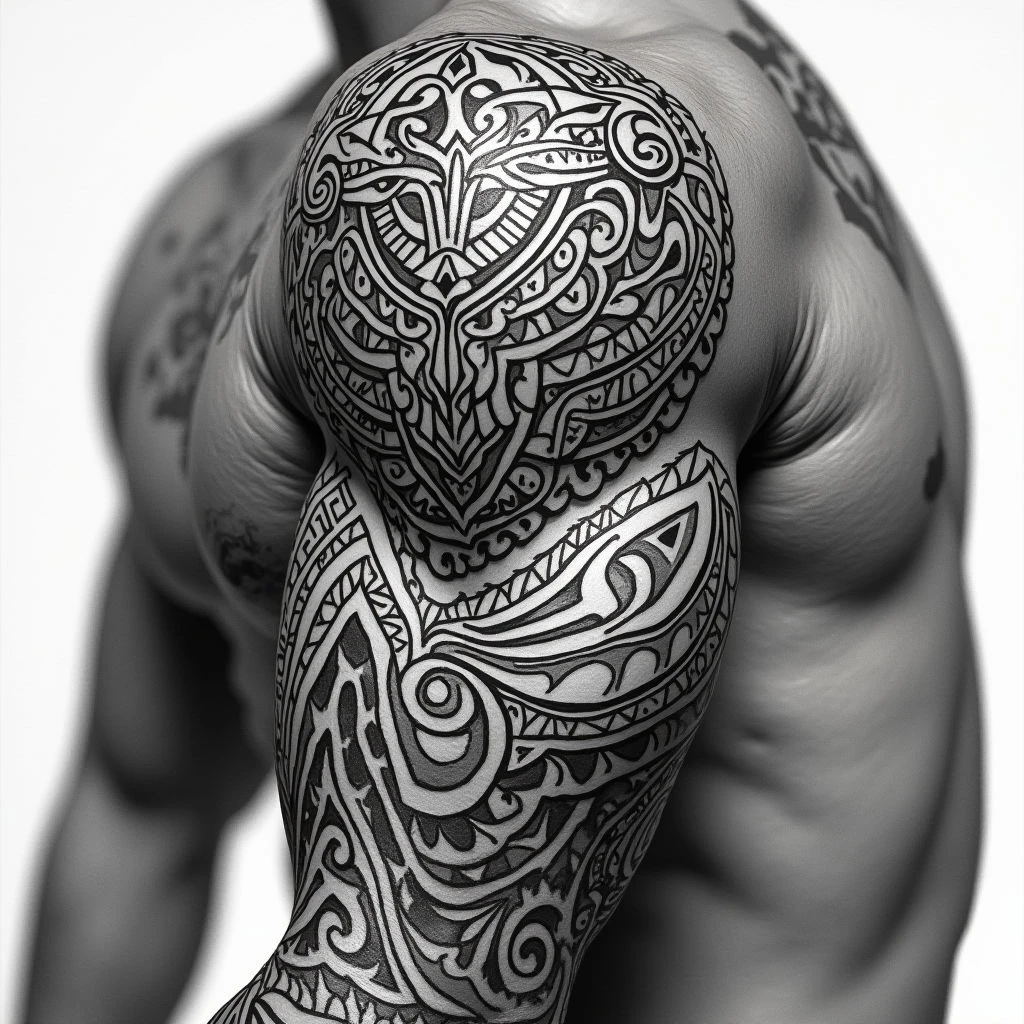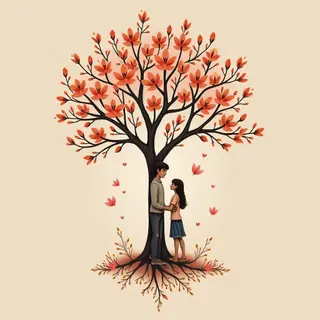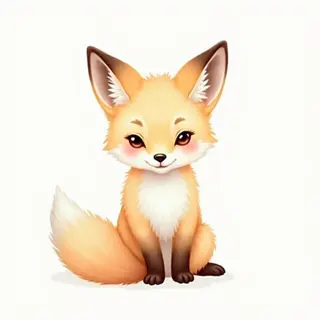The Enduring Story of Polynesian Tattoos
Polynesian tattoos are so much more than just beautiful artwork—they’re living records of a rich history, complex social structures, and deep spiritual beliefs. Traditionally, these markings weren't simply decoration; they were deeply intertwined with identity, lineage, status, and storytelling across Polynesian cultures like those of Samoa, Tonga, Fiji, Tahiti, Hawaii, and Māori New Zealand.
A History Etched in Skin
The practice stretches back thousands of years. Early designs were created with natural pigments using tools crafted from bone, shell, or wood—a significant rite of passage often marked by rituals and ceremonies. Skilled tattoo artists, known as *tatau* in some cultures, commanded great respect within their communities.
Symbolism: More Than Meets the Eye
Each element within a Polynesian tattoo carries specific meaning. Let's look at some common motifs:
- Waves/Ocean: Represent life’s journey, strength, and connection to ancestors.
- Mountains: Symbolize strength, resilience, and spiritual grounding.
- Birds: Often represent freedom, wisdom, and communication with the divine.
- Fish: Can signify abundance, prosperity, and adaptability.
- Geometric Patterns (Dogtooth patterns): These hold deep cultural significance, often indicating social status or lineage—and the precise spacing and arrangement are key to their meaning.
Cultural Variations
It's important to remember that Polynesian tattoo meanings aren’t uniform; each island group has its own unique traditions and symbolism. Here are a few examples:
- Māori Tattoos (Tā Moko): Traditionally, face tattoos indicated lineage, social standing, and personal history.
- Samoan Tattoos: These often cover the entire body and are earned through significant achievements and milestones.
- Hawaiian Tattoos: Frequently incorporate elements of nature and spiritual beliefs.
Modern Interpretations
While contemporary Polynesian tattoo designs draw inspiration from traditional artistry, approaching them with respect and understanding is essential. A little research into the symbolism and cultural significance goes a long way before committing to ink.


